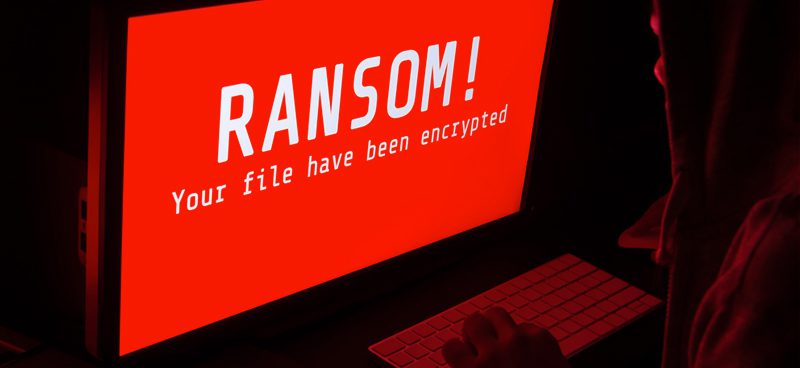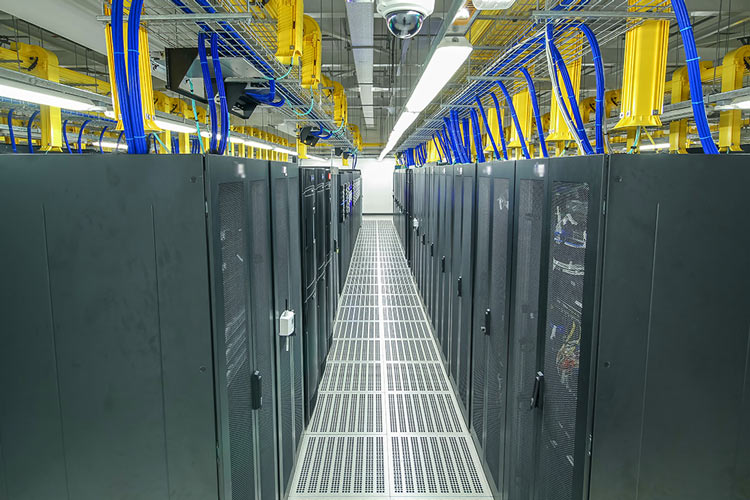Standard ransomware is the deliberate sabotage of your computer files and data by outsiders. The criminals in no uncertain terms tell you that your information has been encrypted, making it unusable. They tell you that you have a limited time, such as 48 to 72 hours, to pay them or your files will be forever destroyed. Ransomware is becoming so common that is now being rented out as a service.
Fake ransomware methods
Today, though, some criminals aren’t encrypting your files – they just falsely tell you that they have encrypted them. The fake ransomware criminals prey on the fear and panic that ransomware threats bring instead of calmly taking the time to use a decrypting tool or rebooting the software.
Worse, they may have already deleted or destroyed your files which means that paying the ransom won’t do you any good. In this scenario, the criminals may let you see one encrypted page to make you think your data can be restored – when it can’t.
Alternatively, they may have encrypted your files but have no intention of restoring files or giving you the decryption code. If you pay the money, your files, photos, databases, and other digital information will not be restored. However, there is an ironic downside for the criminals in not giving the files to companies that pay the ransom fee: if too many criminals fail to restore the data, then businesses will never pay the ransom.
Defenses to real and fake ransomware
IT administrators should anticipate that their information might be subject to ransom. Common defenses include taking steps to minimize data breaches and having backups that are offline and can be used if the data is destroyed. As more and more information is open to attack through the Internet of Things, strategizing for malicious attacks are becoming more and more important.
IT departments should also work with software vendors who understand how to circumvent ransomware if a threat occurs and how to isolate parts of the software so that that key components can stay operable. In general, ransomware is sent through attachments or malicious links, so it’s critical not to open any files or use any links that you don’t trust.
Often the criminals who are making “honest” ransom demands will identify who they are. For example, by saying they are Linux.Encoder. Others provide a support email address. With fake ransomware, the people making the demand don’t identify themselves, directly or indirectly. They lock your screen and prevent you from leaving it unless you understand the right commands. IT departments should try closing the ransomware demand window by using Windows commands or other commands. The criminal may have created the vision of threat without actually installing the malware.
Fake ransomware (payment of the fee will not restore the data or the data was never really destroyed) usually requires using security experts who can tell you what damage has been done to your data, so you can decide whether to respond or not.
Understand how to manage real and fake ransomware
Ransomware doesn’t have to disrupt your company or cause you to cease operations. With proper planning, your company can reduce the risks of ransomware and learn how to properly respond when a ransomware attack occurs. Often, you will be able to operate without paying the ransom.
To get more information about this severe security risk, please contact Volico and request one of our experienced Managed Security Services consultants to help you prepare a proper strategy.
Discover how Volico can help you with your Managed Security needs.
• Call: 888 865 4261
• Chat with a member of our team to discuss which solution best fits your needs.












